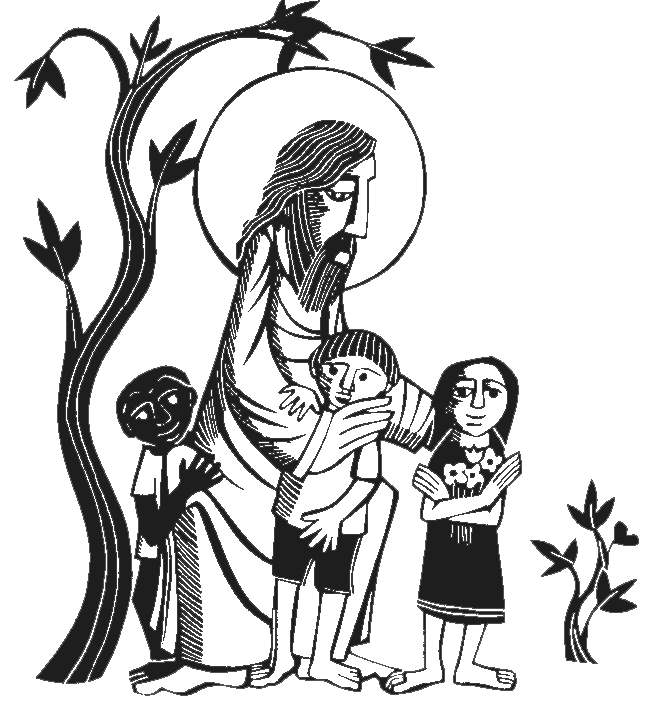In his mysterious plans the Father had destined a bride for his only Son and presented her to him under the guise of prophetic images. Moses appeared and with deft hand sketched a picture of bridegroom and bride but immediately drew a veil over it.
In his book he wrote that a man should leave father and mother so as to be joined to his wife, that the two might in very truth become one. The prophet Moses spoke of man and woman in this way in order to foretell Christ and his Church.
With a prophet’s penetrating gaze he contemplated Christ
becoming one with the Church through the mystery of water. He saw
Christ even from the Virgin’s womb drawing the Church to
himself, and the Church in the water of baptism drawing Christ to
herself.
Bridegroom and bride were thus wholly united in a mystical manner,
which is why Moses wrote that the two should become one.
With veiled face Moses contemplated Christ and the Church: the one
he called “man” and the other “woman” so as
not to reveal the full splendor of the reality.
After the marriage celebration came Paul. He saw the veil covering
their splendor and lifted it, revealing Christ and his Church to the
whole world, and showing that it was they whom Moses had described
in his prophetic vision.
In an outburst of inspired joy the apostle exclaimed: this is a
great mystery! He revealed the meaning of the veiled picture the
prophet had called man and woman, declaring: “I know that it
is Christ and his Church,” who were two before but have now
become one.
Wives are not united to their husbands as closely as the Church is
to the Son of God. What husband but our Lord ever died for his wife,
and what bride ever chose a crucified man as her husband? Who ever
gave his blood as a gift to his wife except the one who died on the
cross and sealed the marriage bond with his wounds? Who was ever
seen lying dead at his own wedding banquet with his wife at his side
seeking to console herself by embracing him? At what other
celebration, at what other feast is the bridegroom’s body
distributed to the guests in the form of bread?
Death separates wives from their husbands, but in this case it is
death that unites the bride to her beloved. He died on the cross,
bequeathed his body to his glorious spouse, and now every day she
receives and consumes it at his table. She consumes it under the
form of bread, and under the form of the wine that she drinks, so
that the whole world may know that they are no longer two but one.
Guéranger: The Liturgical Year 3, 1023-25
Jacob of Serugh (c. 451-521), a Syrian Orthodox
poet, was educated at Edessa and ordained priest. He did much to
encourage his people during their sufferings at the hands of the
Persians. In 519 he was made bishop of Batnae near Edessa. His
metrical homilies won him the title “Flute of the Holy
Spirit.” His writings include also letters, sermons,
biographies, and hymns.
All Rights Reserved.
Journey with the Fathers
Commentaries on the Sunday Gospels - Year B, pp. 122-123.
To purchase or learn more about
this published work and its companion volumes,
go to http://www.amazon.com/
from Religious Clip Art for the Liturgical Year (A, B, and C).
This art may be reproduced only by parishes who purchase the collection in book or CD-ROM form. For more information go http://www.ltp.org




